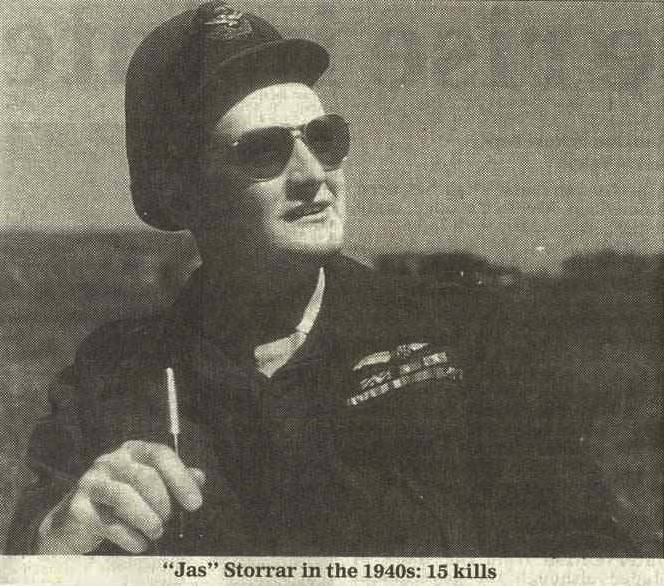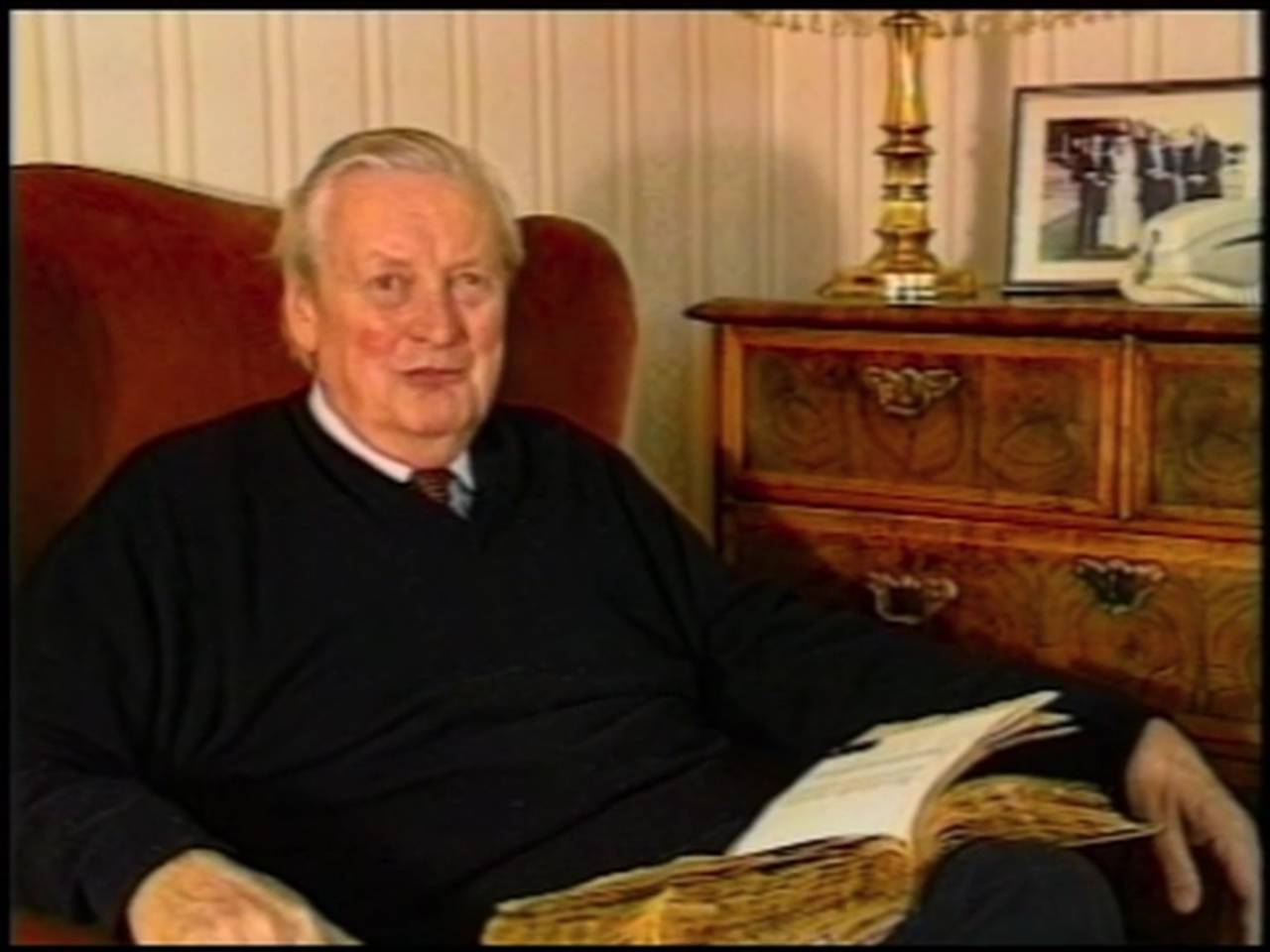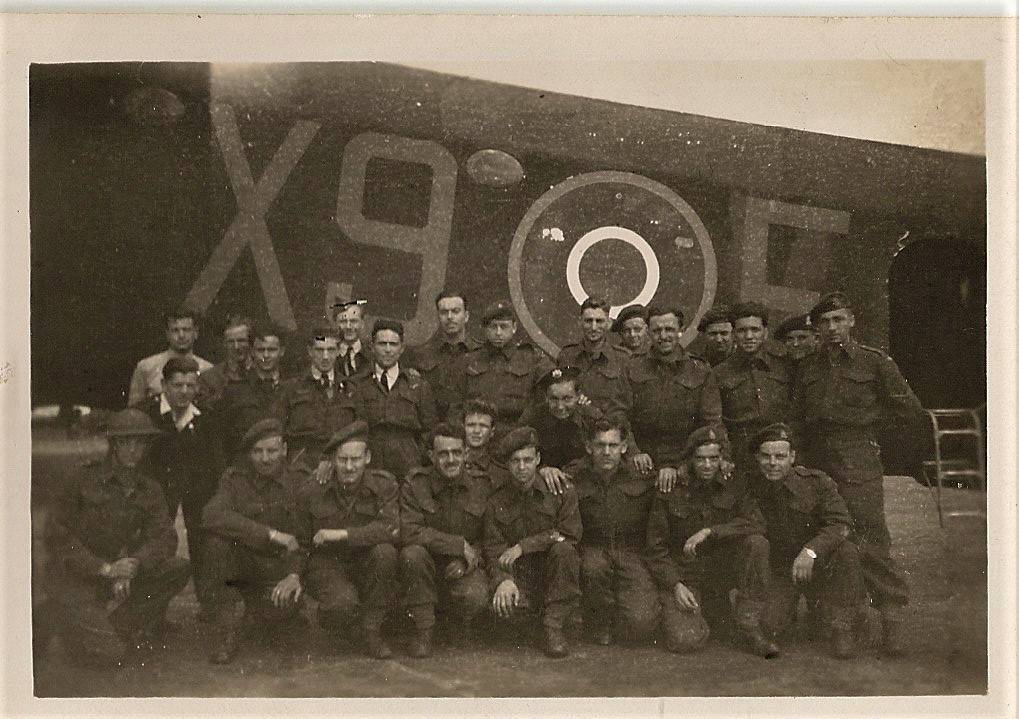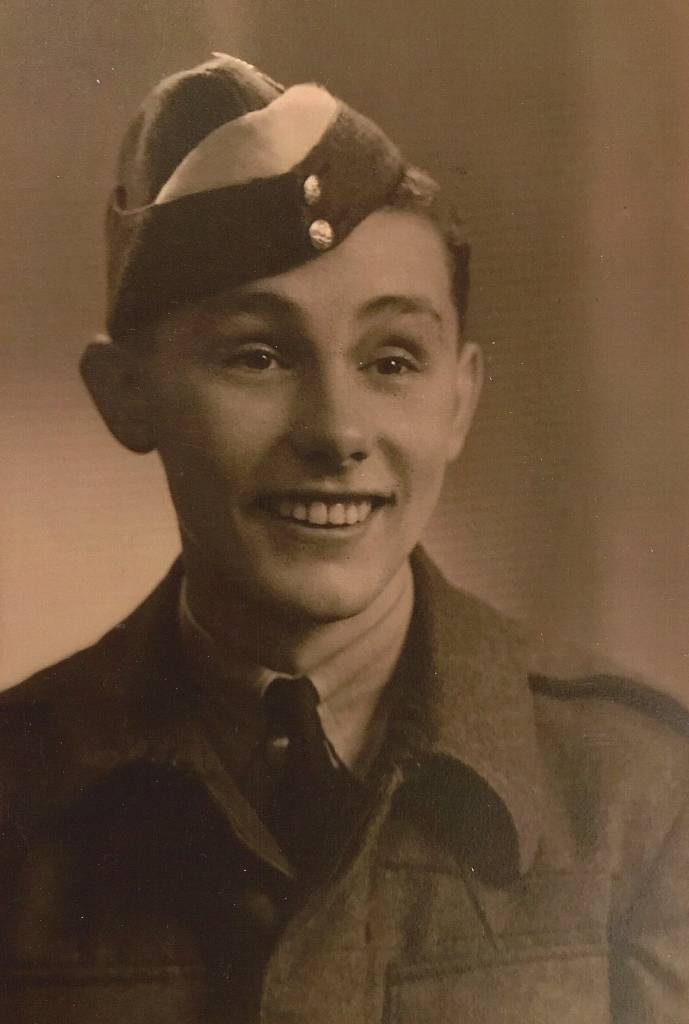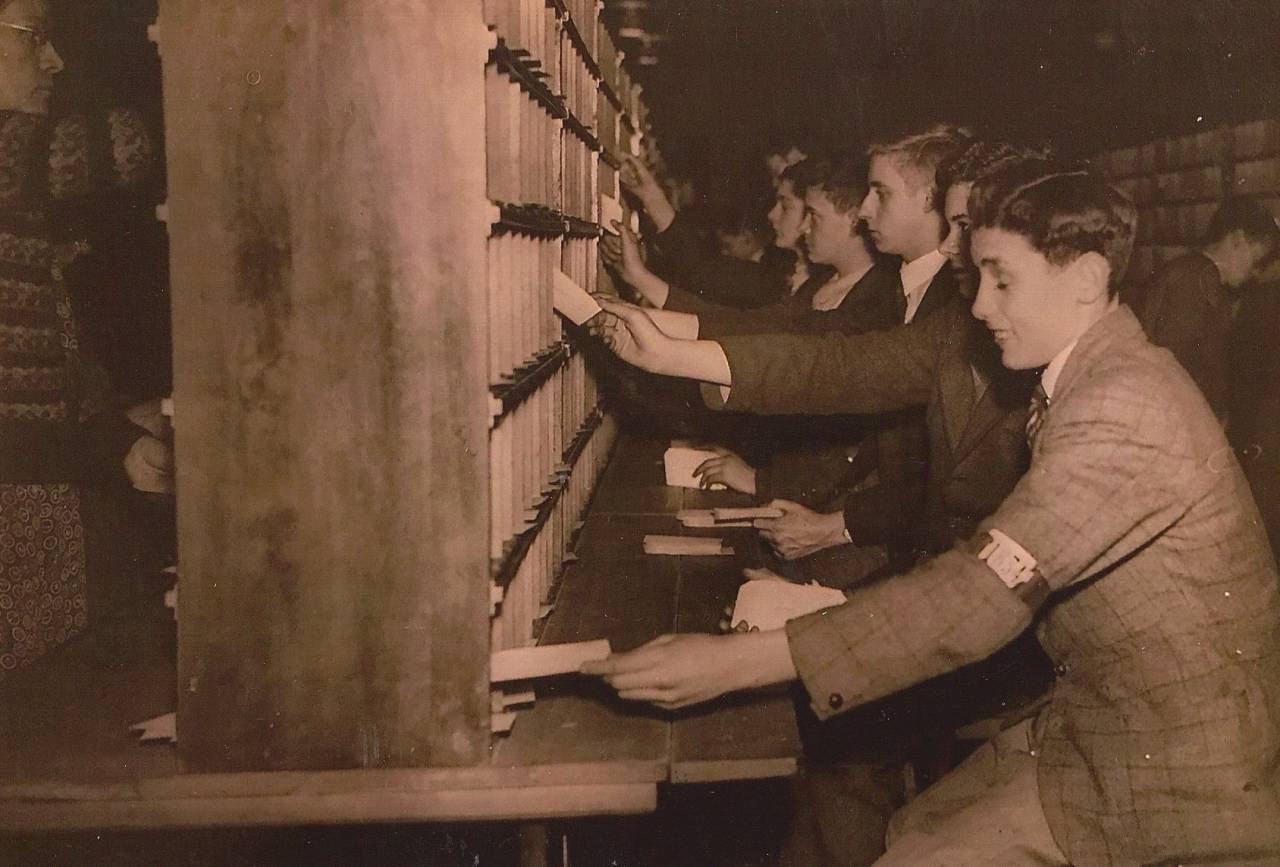The History File
March 2020
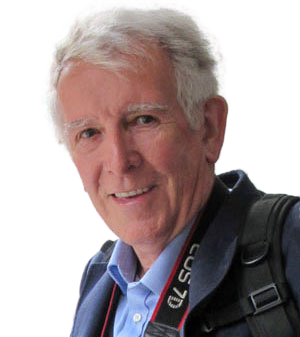
David Cummings
People from the Past

Wing Commander James Eric (Jas) Storrar
DFC & Bar. AFC
Whilst carrying out research for the Village in WWII I have come across several villagers who served in the Royal Air Force. The most prominent member of the group is Jas Storrar who was well known in the village as a Veterinary Surgeon, a member of St James Church and a colourful member of the Community. I reprint his story below with thanks to Jamie Bowman, The Kings School Chester, and Vince Martin for the kind use of his photographs. Other stories will come later but I’m also please to share photographs of Don Kidd kindly lent by Elvira Bramhall and of Leon Boucher kindly lent by Joan Dentith.
This is James Storrar’s story serving in WWII as Wing Commander James Eric “Jas” Storrar DFC & Bar. AFC serving with 145 Squadron Battle of Britain.
-
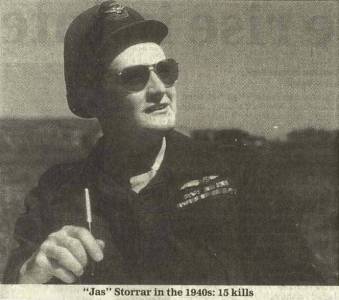
Jas the Pilot
-
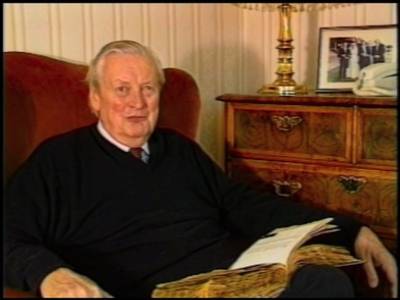
Jas the Vet
-
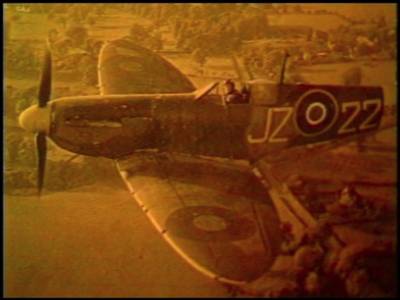
Jas the Pilot
Former Christleton Resident and Vet, Flying Officer James ‘Jas’ Storrar was born in Ormskirk on June 24th 1920, and was educated at Chester City Grammar School. His family had a veterinary practice in Chester since the early 18th C, initially near the city walls at the Newgate, and more recently on Tarvin Road, Boughton. James was a teenager as war broke out and had joined the RAF on a short commission. He immediately volunteered for active service and flew many missions to protect the troops of the BEF as they were being evacuated from the beaches of Dunkirk. The war hero, who died in 1995, aged 74, recalled his experiences many times over the years and was a valued contributor to a number of books about the conflict. He told aviation historian Chaz Bowyer:
“I knew it was a catastrophe for the Army and towards the end when they were using the small boats, the thing that struck me was the pall of smoke from the oil tanks at Dunkirk,” “We never flew down very low because it didn’t matter who we were, we got shot at. The people on the ground, whenever they saw an airplane, thought it was a Jerry and let fly; understandably, for there were not many of us.”
Altogether, more than 3,500 sorties were flown in support of ‘Operation Dynamo’. The Luftwaffe was met by 16 squadrons of the Royal Air Force, who claimed 38 kills on May 17 alone whilst losing 14 aircraft. Jas Storrar was with 145 Squadron, based at Tangmere in West Sussex and was flying Hurricanes, when he and his fellow pilots were called into action. The RAF continued to take a heavy toll on the German bombers throughout the week, but soldiers being bombed and strafed while awaiting transport were for the most part unaware of the efforts of the RAF to protect them- as most of the dog fights took place far from the beaches. As a result, many British soldiers bitterly accused the airmen of doing nothing to help. “We usually stayed between 8-10,000ft to keep out of range of light flack” “The average length of a sortie was about an hour and a half, which meant you used pretty well all your fuel, even at normal throttle opening, without bashing it about a bit” Despite the RAF’s untiring efforts, the Luftwaffe bombers seemed to have unfettered access to the skies over Dunkirk to the men on the beaches awaiting passage home. One day alone, Stukas, Heinkels and Dorniers dropped 15,000 high explosive and 30,000 incendiary bombs on Dunkirk Harbour and the approaching fleet of British ships and boats.
On the first day only 7,669 Allied soldiers were evacuated, but by the end of the eighth day, 338,226 of them had been rescued by a hastily assembled fleet of over 800 boats, which became known as “The Little ships of Dunkirk” a flotilla of hundreds of merchant marine boats, fishing boats, pleasure craft, yachts and life boats, called into action from all over Britain. Some of the men had to wade out from the beaches, waiting for hours in shoulder deep water, but the miracle of Dunkirk planned by Winston Churchill had succeeded against all the odds.
“Once we got to Dunkirk, squadrons operated individually and continued to do so. There were no wing leaders, only squadron commanders, and they did what they liked and one would then detach sections. Once you saw something you started to act on your own.”
Miraculously surviving Dunkirk, ‘Jas’ continued to have an eventful war. In November 1940 his squadron sailed to Takoradi on the coast of West Africa, aboard the aircraft carrier Furious. It then flew the “stepping stone” route across Africa to Egypt. On one occasion bad weather forced him down in the jungle from where it took him two days and three nights to walk more than 70 miles to the Firestone rubber plantation near Monrovia in Liberia.
-
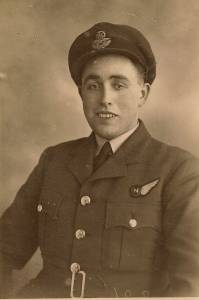
Don Kid
-
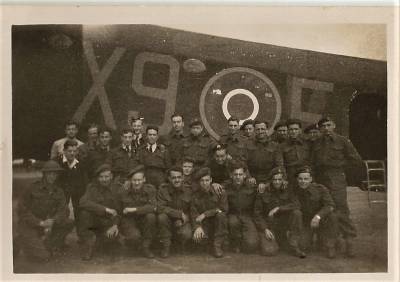
RAF Squadron
-

Leon Boucher
-
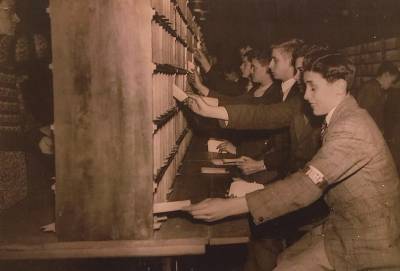
Wartime
In 1943 he returned to Britain and aged just 22, he received command of No 65, a Spitfire Squadron flying bomber escorts and fighter sweeps over France and the Low Countries. He later commanded No 165 and 234 Squadrons and was posted to Italy to command No 239 Wing, equipped with Mustangs. The next year “Jas” was offered an extended commission, but opted instead to study veterinary science at Edinburgh University. He later joined the family veterinary practice in Tarvin Road.
A tribute to Jas Storrar, written when he died, highlighted his record of 15 confirmed kills as a pilot in the Battle of Britain as well as describing him as “a giant of a man”. Well over 6ft tall, he was barely able to squeeze into the cockpit of his fighter,” it read. “Over the years he retained something of the flamboyant style of a Battle of Britain pilot. His jackets were lined with red silk and his Jaguar XJS 12 bore the registration JAS.” In 1949 he joined No 603, a Royal Auxiliary Air Force Squadron, and resumed flying, and went on to command No 610 County of Chester Auxiliary Squardon based at Hooton on Wirral. The 610 Squadron offered former regular pilots the chance to continue flying after they had left the RAF. He was the Squadron’s last CO when it was disbanded in 1947, but not, according to legend, until “Jas” had flown under Grosvenor Bridge in Chester in a Hurricane. Wing Commander Storrar died on 29 March 1995 aged 73. His wife Winifred (Freddie) also died in 1995 on 27th November. They are buried at St James Christleton.
References; Jamie Bowman@nwn.co.uk Alumni Newsletter The Kings School Chester Wikipedia; David Cummings. Photographs of Jas Storrar courtesy of Vince Martin
